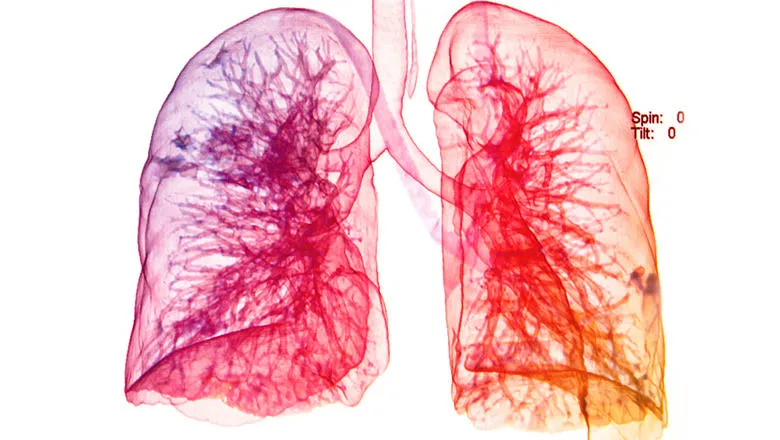Sepsis, a life-threatening condition in which the body is fighting a severe infection that has spread via the bloodstream leading to poor circulation and lack of blood perfusion of vital tissues and organs, is one of the most significant causes of premature death in the world. In the UK alone there are 120,000 hospital admissions and 44,000 deaths due to the disease every year. 14,000 of these deaths are thought to be preventable through improved diagnosis and reduced treatment delays.
Researchers at King’s are now trialling the use of a simple breath test device developed by RAL Space to study gases in the Martian atmosphere. The device known as a Laser Isotope Ratiometer (LIR) can provide instant results helping doctors start treatment earlier which could reduce the number of sepsis linked deaths.
Patients just breathe into a bag where the LIR uses laser beams to examine the gas samples. Now this is where gets a bit technical: the LIR then measures the concentration of two isotopes (or atoms) of carbon found in the sample. Carbon-13 and carbon-12 are exhaled as molecules or so called isotopologues 13CO2 and 12CO2.
“The onset of sepsis can change the ratio of 13CO2 and 12CO2 in the breath when the body’s immune system responds to infection and thus changing it from its healthy levels,” said Dr Damien Weidmann, Head of the Laser Spectroscopy Group at RAL Space.
“If the laser beam is adjusted to a certain frequency, the carbon dioxide molecules will absorb energy from it and become excited. This stops the light from transmitting through fully,” Dr Weidmann further explained. “The more 13CO2 or 12CO2 molecules are in the line of the laser beam, the less light will be transmitted through.”
The breath test is non-invasive making it safe for frequent use by at risk patients and faster than regular blood tests which require an extended waiting period due to laboratory analysis.
Given that the LIR is continuously calibrated to its environment so temperature deviations don’t affect measurements make the device highly reliable which successful trials have shown. As it was designed to be used on space craft, the LIR is compact, lightweight and robust meaning it could be adapted into a portable medical device.

